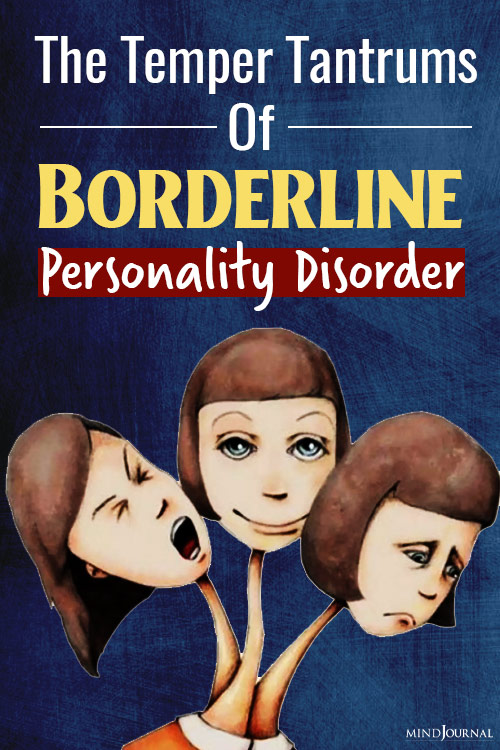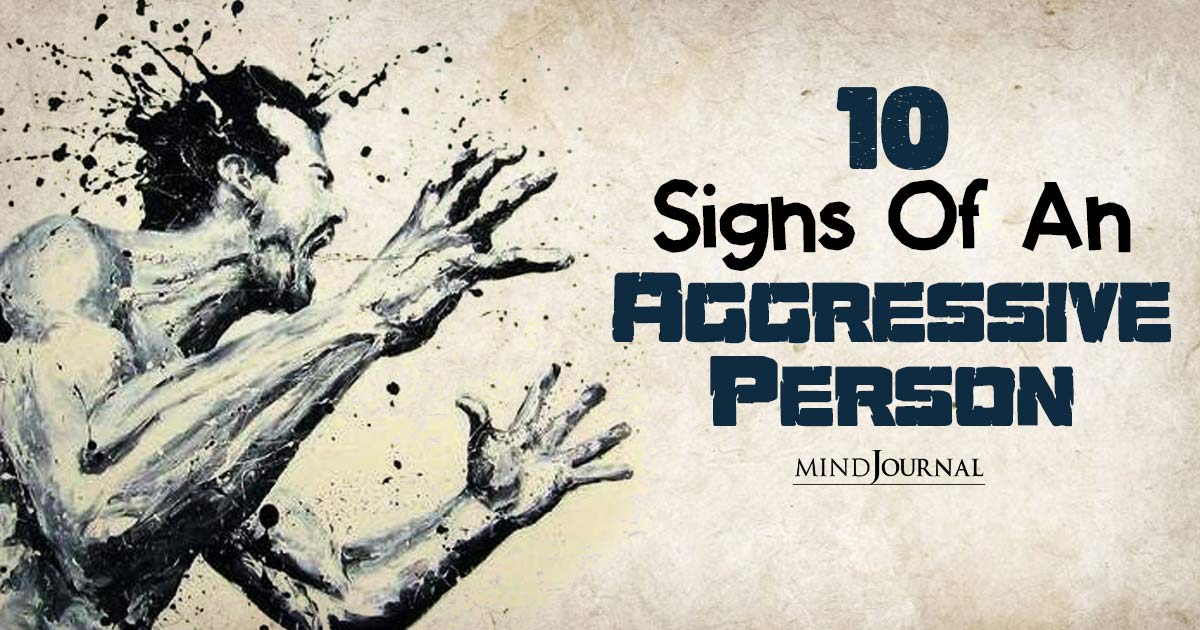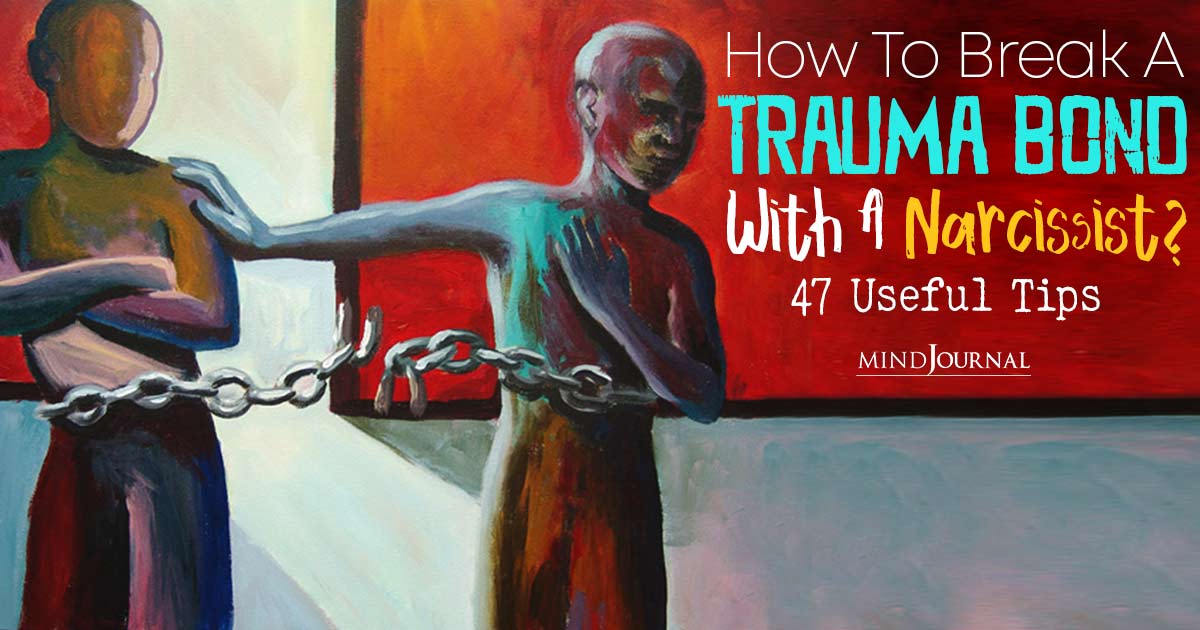People suffering from borderline personality disorder are sometimes more prone to temper tantrums, and the reason for this can be traced back to their childhood and upbringing.
Key Points: The borderline personality is desperate for connection and support when alone, often idealizing potential partners or friends. Once the yearned-for relationship begins, the cycle of disappointment, rage, and avoidance repeats. The borderline patient is help-resistant because the therapist’s interventions spark temper tantrums.
James Masterson has written extensively about borderline pathology. He believes that the mothers of Borderline Personality Disorder (BPD) patients were deeply attached to their babies and responsive to them in infancy but discouraged the individuation that happens between 18 months and 3 years.
The outcome of such parenting is that closeness is comforting briefly but soon feels like engulfment and control. The borderline personality is desperate for connection and support when alone, often idealizing potential partners or friends. But once the yearned-for relationship begins, the cycle of disappointment, rage, and avoidance repeats.
People with BPD come to therapy for specific complaints such as panic attacks or depression. When they are not in a regressed state, they can present themselves as high functioning and elicit the therapist’s empathy. However, when the therapist makes an interpretation, the borderline is likely to experience it as an attack.
Related: 7 Surprising Positive Aspects Of BPD
The therapist may try to create an alliance with the patient’s observing ego, but the borderline patient does not have one when triggered. The borderline patient is help-resistant because the therapist’s interventions spark temper tantrums.
Explosive periods of anger and frustration make therapy as well as daily functioning difficult. Borderlines fall in and out of love because idealization briskly turns to contempt; relationships are turbulent. It is difficult for them to stick with romantic partners but also career choices and friends. It is also difficult for their partners and friends, living with a person who sees you one way one day and another way the next day can be painful.
These extreme fluctuations in ego states make successful therapy with borderline patients complicated and challenging.
My patient, Danielle, is a 26-year-old lawyer. Danielle’s history fits Masterson’s description. When she was very young her mother tried to keep her in a bubble to protect her from frustration and disappointment, preventing the development of tools to calm and soothe herself.
Later, when she was older, Danielle developed an avoidance strategy when she was frustrated or disappointed. Retreating to her room during mealtimes and family occasions, Danielle became increasingly isolated from her family and her parents did not intervene.
Danielle sought treatment because she suffered from long-term depression. It took years of psychoanalysis to make it clear that her depression was the result of decades of temper tantrums. She doesn’t hit her head against the wall or throw things, but she either retreats or gets into a rage.
Danielle has a temper tantrum every time she is frustrated or disappointed, but it takes different forms depending on her closeness to the person. When she is dealing with strangers Danielle’s tantrums are sometimes acted out with physical confrontation and yelling. For example, if another car cuts her off, she will shout at the other driver or make obscene gestures. Later when she recovers from the disturbing intensity of feeling, she is horrified at her loss of control and risky behavior.
When the person is a friend or co-worker, Danielle does not act out her rage but denies it and retreats. She tells herself: “I don’t care, it doesn’t matter.” That is the adult version of kicking down a sandcastle. When Danielle is disappointed by a colleague at her law office, she pushes the hurt aside. She thinks: “I don’t care, I don’t want to be a lawyer anyway.”
If I say something Danielle does not like, she crosses her arms and says, “You’re not helping me. I don’t want to do this anymore.” “You aren’t listening to me, you just want to follow your own agenda.” “You always blame me, everything is my fault.” She walks out of my office after that. It has taken years of analytic work to get to the point where Danielle recognizes these reactions as temper tantrums and is able to stop, calm herself, and then examine what I have said that triggered her.
Related: How Parents Cause Mental Health Problems In Children
Temper tantrums are common for people with BPD and managing them is an important part of building a sense of self-control and stability. For those who did not have help developing a centered sense of self, working with a psychoanalyst can help create it.
Developing a relationship in which hurt and disappointment play out and then are worked through over time, the patient internalizes the dialogue with the analyst and is finally able to develop an inner dialogue that is consoling and rooted in reality.
Written By Roberta Satow Ph.D. Originally Appeared On Psychology Today









Leave a Reply
You must be logged in to post a comment.